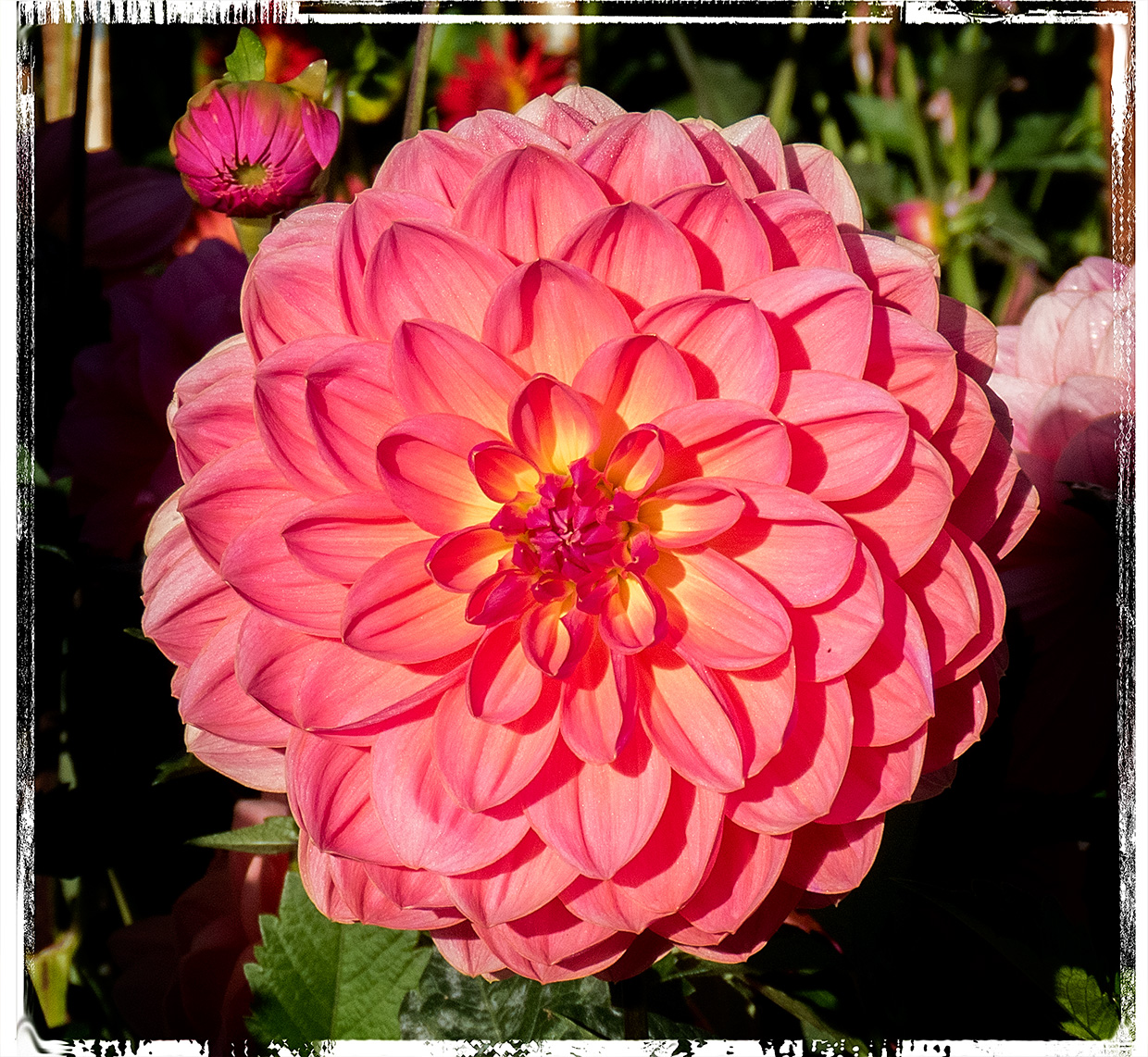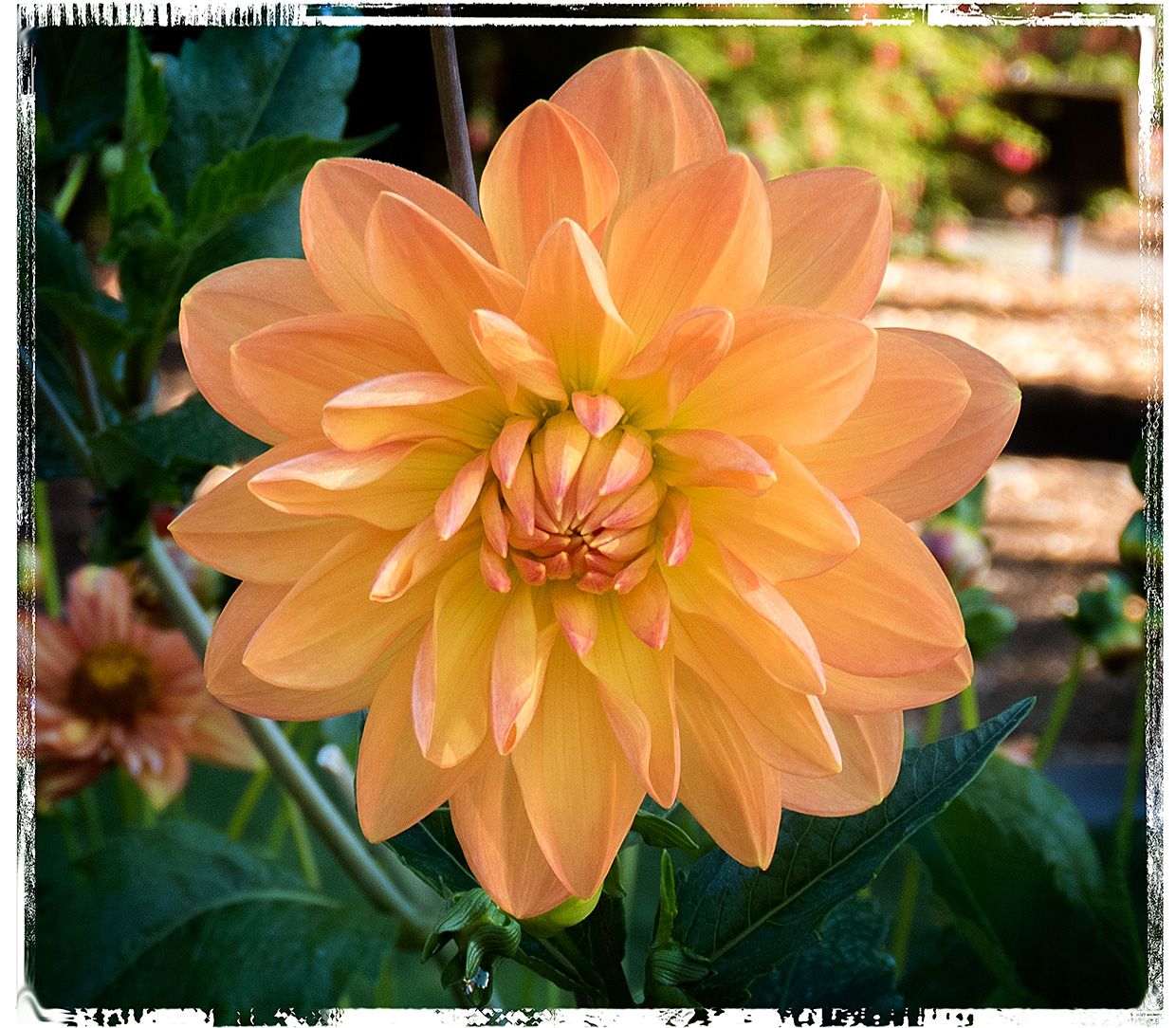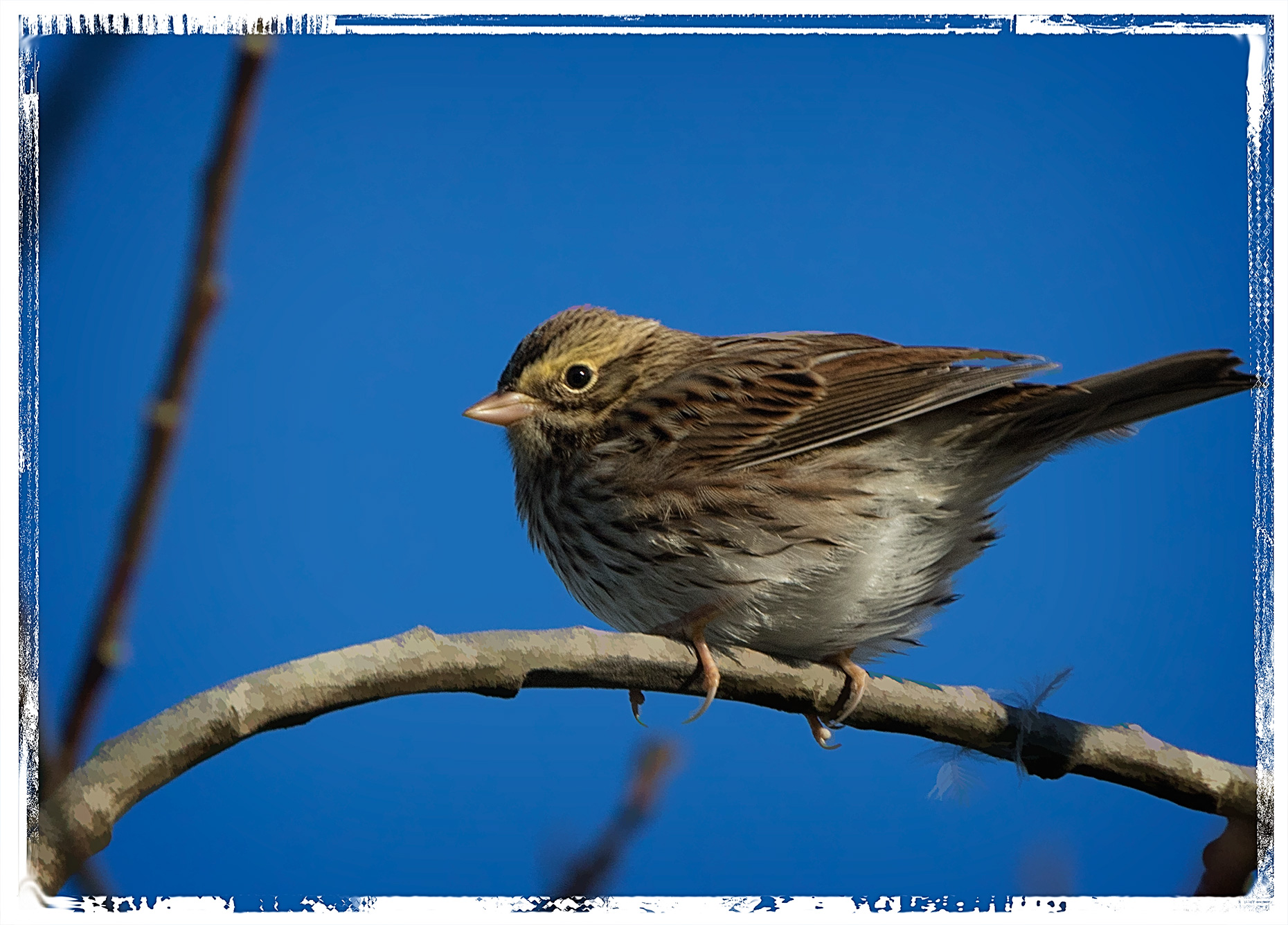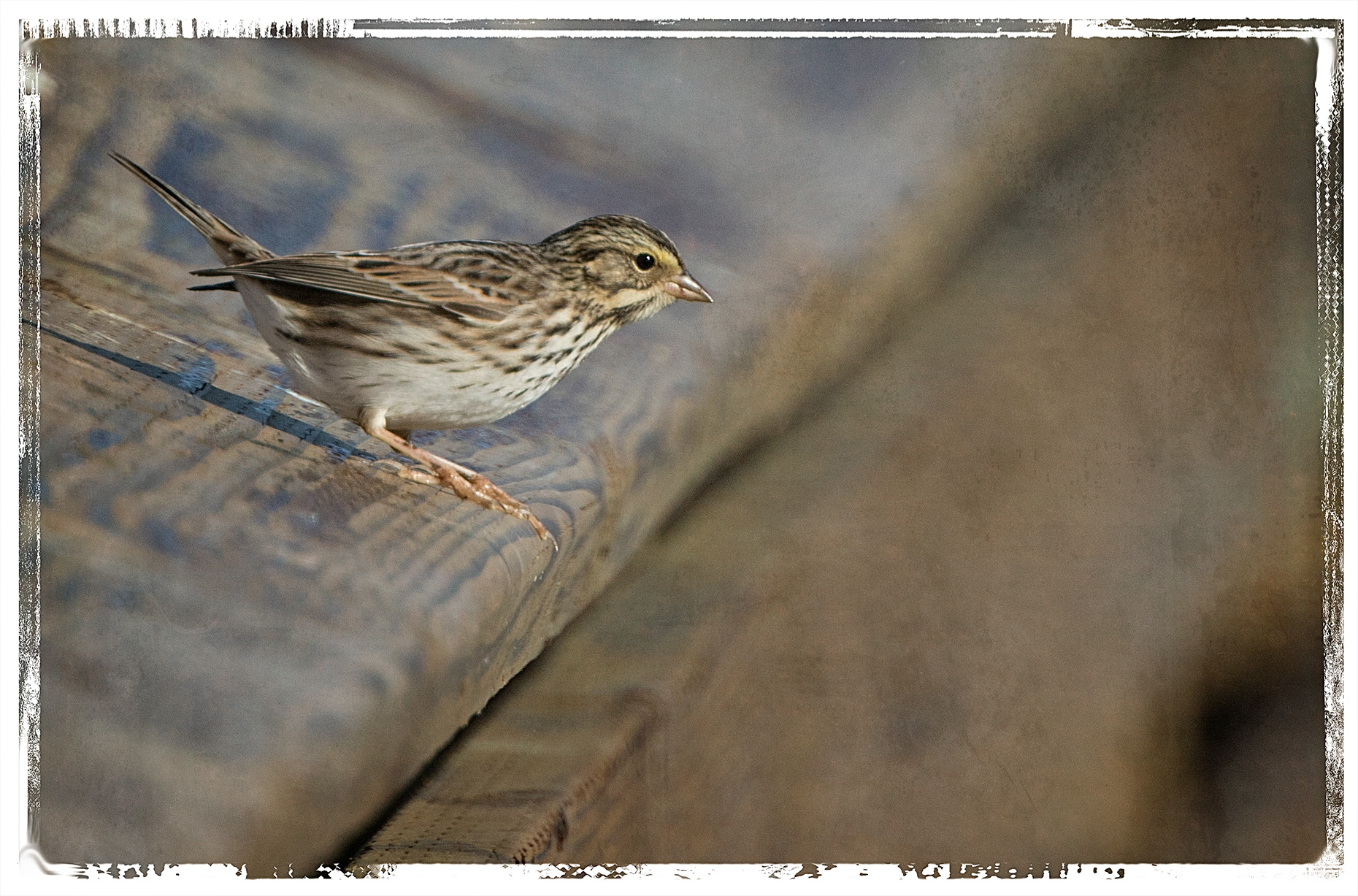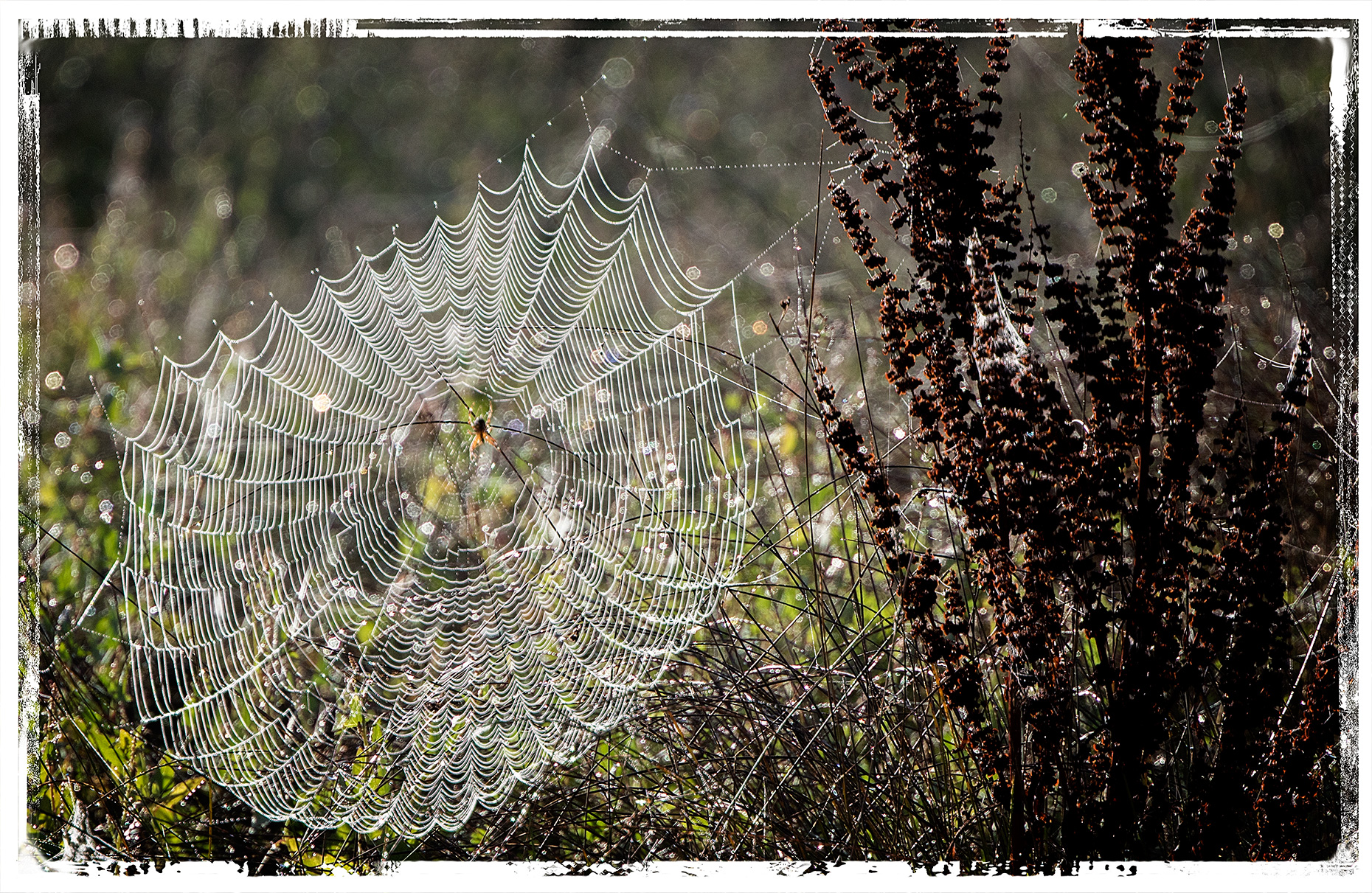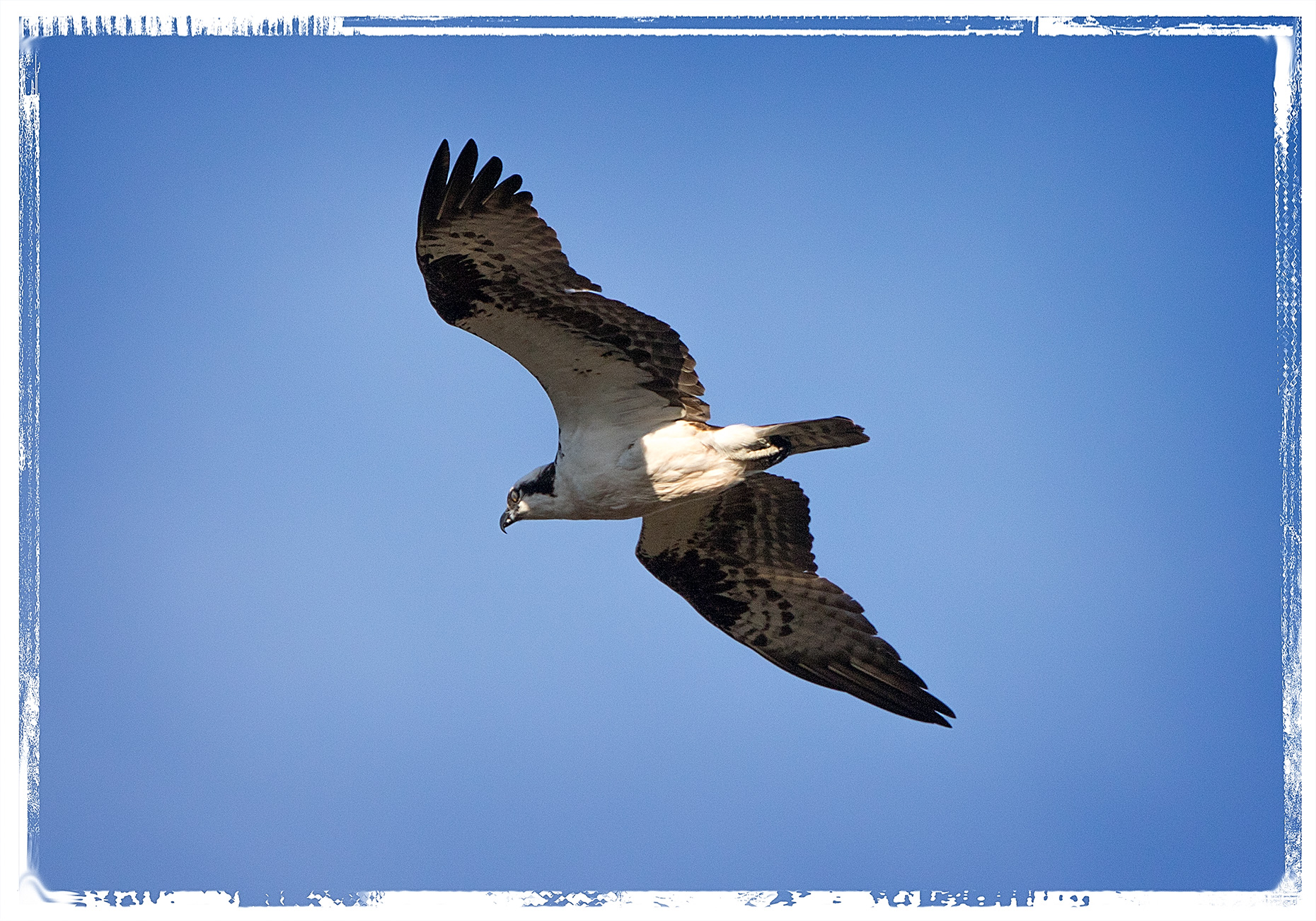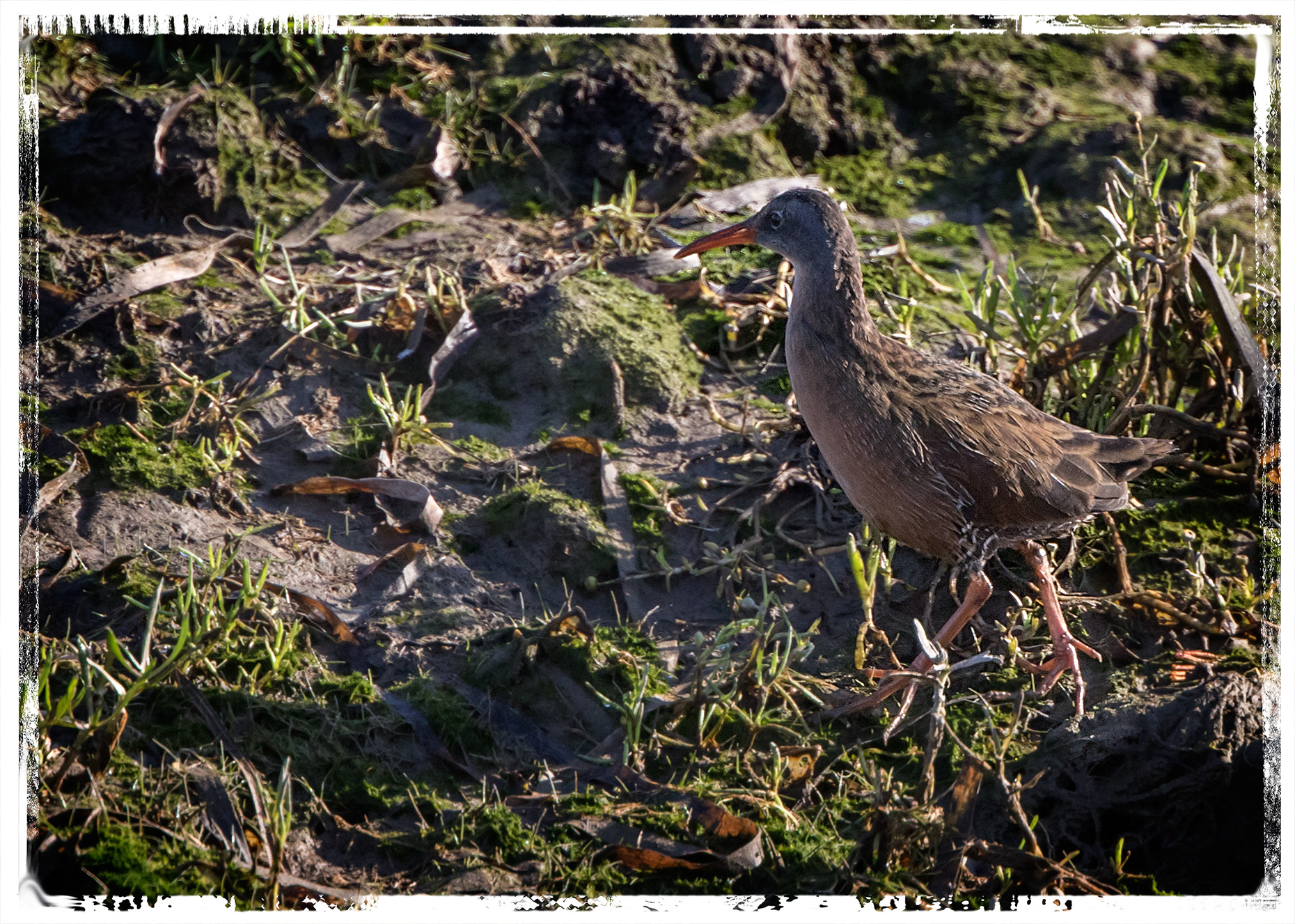I’m not sure what inspired me to read Kakuzo Okakura’s The Book of Tea, but I’m glad I did because it was more interesting than the title first suggested, at least to me. After reading it I would even like to experience a Tea Ceremony, something that would never have considered doing before reading the book. With that title I probably wouldn’t have started reading it if wasn’t free on Kindle, but once I started reading the sample I was hooked.
Needless to say, the book does much more than merely describe a formal tea ceremony. It explores the complex relationship between Taoism and Zen, while contrasting certain aspects of them. Okakura’s definition of Teaism
Teaism is a cult founded on the adoration of the beautiful among the sordid facts of everyday existence. It inculcates purity and harmony, the mystery of mutual charity, the romanticism of the social order. It is essentially a worship of the Imperfect, as it is a tender attempt to accomplish something possible in this impossible thing we know as life.
also reveals that the book, written in 1906, sees both Taoism and Zen from a modern perspective, as revealed through phrases like “sordid facts of everyday existence” and “this impossible thing we know as life.” No wonder Eliot and Pound were attracted to his book.
Early on Okakura traces the Taoist/Zen evolution of Teaism back to its beginnings.
Among the Buddhists, the southern Zen sect, which incorporated so much of Taoist doctrines, formulated an elaborate ritual of tea. The monks gathered before the image of Bodhi Dharma and drank tea out of a single bowl with the profound formality of a holy sacrament. It was this Zen ritual which finally developed into the Tea-ceremony of Japan in the fifteenth century.
Though no longer a Zen ceremony, the Tea-ceremony retains the sense of sacredness from those early beginnings. What was most interesting to me, though, was how that sacredness was transferred to the mundane aspects of preparing and drinking a cup of tea:
Tea with us became more than an idealisation of the form of drinking; it is a religion of the art of life. The beverage grew to be an excuse for the worship of purity and refinement, a sacred function at which the host and guest joined to produce for that occasion the utmost beatitude of the mundane. The tea-room was an oasis in the dreary waste of existence where weary travellers could meet to drink from the common spring of art- appreciation.
In a sense, the religious ceremony became an expression of art, as in the Art of Tea. Removed from the strictly religious setting, the ceremony reverted to the artistic tendencies of the Taoists, which makes perfect sense after Okakura points out the difference between Zen, Confucianism, and Taoism:
But the chief contribution of Taoism to Asiatic life has been in the realm of aesthetics. Chinese historians have always spoken of Taoism as the “art of being in the world,” for it deals with the present–ourselves. It is in us that God meets with Nature, and yesterday parts from to-morrow. The Present is the moving Infinity, the legitimate sphere of the Relative. Relativity seeks Adjustment; Adjustment is Art. The art of life lies in a constant readjustment to our surroundings. Taoism accepts the mundane as it is and, unlike the Confucians or the Buddhists, tries to find beauty in our world of woe and worry. The Sung allegory of the Three Vinegar Tasters explains admirably the trend of the three doctrines. Sakyamuni, Confucius, and Laotse once stood before a jar of vinegar–the emblem of life–and each dipped in his finger to taste the brew. The matter-of-fact Confucius found it sour, the Buddha called it bitter, and Laotse pronounced it sweet.
Reading Okakura’s distinction was an “aha” moment for me, instantly revealing why I have always been drawn more to Taoism than Buddhism. Philosophically, the hardest part of Buddhism to me is the idea that life is “bitter” and our main goal is to overcome suffering. Perhaps that also explains why “sweet-and-sour” is my favorite kind of food, and my favorite life motto, which I don’t really have, is “When life gives you lemons, make lemonade.”
Perhaps what I most liked about The Book of Tea is that it constantly reminded me how little I know about Taoism and Zen:
A special contribution of Zen to Eastern thought was its recognition of the mundane as of equal importance with the spiritual. It held that in the great relation of things there was no distinction of small and great, an atom possessing equal possibilities with the universe. The seeker for perfection must discover in his own life the reflection of the inner light. The organisation of the Zen monastery was very significant of this point of view. To every member, except the abbot, was assigned some special work in the caretaking of the monastery, and curiously enough, to the novices was committed the lighter duties, while to the most respected and advanced monks were given the more irksome and menial tasks.
This appeals to the craftsmen in me — the feeling that a particularly fine cabinet I have made has more than just material value. To a certain extent, I feel the same way about photographs I’ve spent a lot of time on.
The perfectionist in me can also identify with the Zen idea that actions should be done perfectly.
Such services formed a part of the Zen discipline and every least action must be done absolutely perfectly. Thus many a weighty discussion ensued while weeding the garden, paring a turnip, or serving tea. The whole ideal of Teaism is a result of this Zen conception of greatness in the smallest incidents of life. Taoism furnished the basis for aesthetic ideals, Zennism made them practical.
I failed a woodworking class at a young age because I refused to rush through projects, finishing them rapidly and producing quantity not quality. If I was planning a board I wanted it perfectly square and smooth, nothing less. I can’t always live up to those ideals, but they’re always a part of me.


